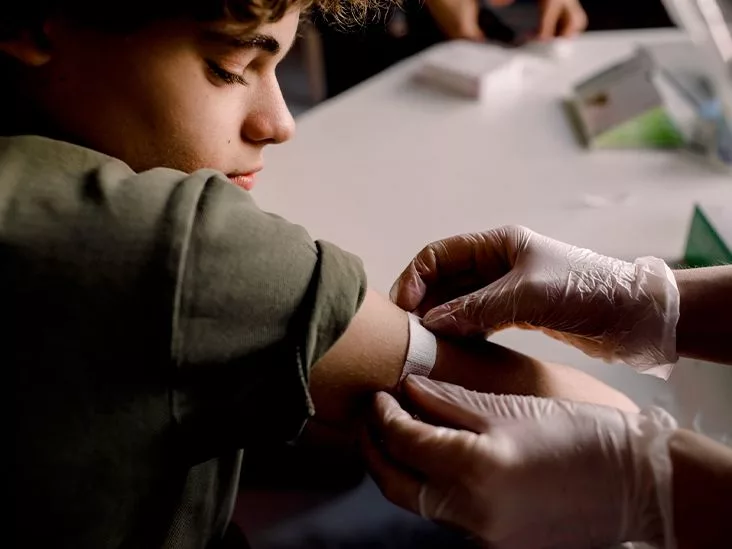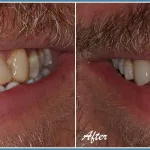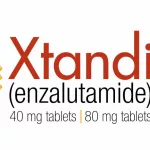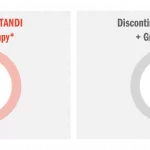Hey there! If you’ve ever stared at a health‑care brochure and thought, “What on earth do I actually need to do?” you’re not alone. The CDC just updated its meningitis vaccine guidance, and the details can feel a bit like a maze. Good news: you can get the whole picture in a few minutes, no PhD required. Below you’ll find the exact schedule, who should get which shot, and a straight‑up look at the pros and cons—so you can feel confident making the right call for yourself or your family.
Who Needs Vaccines
Let’s start with the basics. The CDC’s vaccine schedule is built around age groups and risk factors. Think of it as a road‑map that points you to the nearest “vaccine stop” on the way to staying healthy.
- All pre‑teens (11‑12 years) – a single dose of a MenACWY vaccine (covers serogroups A, C, W, Y).
- Boost at 16 years – the same MenACWY shot to keep protection strong during the high‑risk teen years.
- Teens 16‑23 years – may consider a MenB vaccine (targets serogroup B). This is a “shared decision‑making” choice, meaning you and your doctor weigh the benefits together.
But there’s more than age. Certain medical conditions or life situations put you in the “higher‑risk” lane, and the CDC’s official meningococcal recommendations spell those out:
- Complement‑inhibitor therapy (e.g., eculizumab or ravulizumab).
- Functional or anatomic asplenia (no spleen or a non‑functioning spleen).
- HIV infection.
- Travel to regions where meningococcal disease is common (certain parts of Africa, Asia, or the Middle East).
- Living in a college dormitory, military training, or being a microbiologist who works with Neisseria meningitidis.
If any of those sound familiar, you’ll likely need a more robust series – sometimes a two‑dose primary series followed by regular boosters every 5 years (or every 3 years if you’re under 7 years old). The key is to check your personal risk and talk it out with a healthcare provider.
Vaccine Types Explained
There are three families of meningitis vaccines floating around in the U.S., each with its own superhero badge:
| Vaccine | Serogroups Covered | Dosing Schedule | Typical Age | Common Side Effects |
|---|---|---|---|---|
| MenACWY (conjugate) | A, C, W, Y | 1 dose + booster (or 2‑dose series for high‑risk) | 11‑12 yr & booster at 16 yr | Injection‑site pain, mild fever |
| MenB (serogroup B) | B only | 2 doses, 6 months apart (3‑dose series for some risk groups) | 16‑23 yr (preferred 16‑18 yr) | Soreness, headache, fatigue (usually short‑lived) |
| MenABCWY (pentavalent) | A, B, C, W, Y | Single dose (if available) | 16‑23 yr (or as a catch‑up option) | Similar to MenACWY + MenB |
All three are safe and effective, but they protect against different strains. If you’re in a setting where both serogroups A‑C‑W‑Y and B are a concern, the MenABCWY vaccine can be a convenient one‑stop shot (when it’s stocked at your pharmacy or clinic).
Step‑by‑Step Schedule
Here’s a quick, visual run‑through of the recommended timeline. Think of it as a checklist you can keep on the fridge.
- Age 11‑12: First MenACWY dose (often given alongside Tdap and HPV shots). If you miss this window, no worries—just get it as soon as possible.
- Age 16: Booster MenACWY. Needed for anyone who got the first dose before 16. If the first dose was at 16 or later, the booster isn’t required.
- Age 16‑18 (optional): MenB series—two shots, six months apart. Ideal for those who want extra peace of mind or who fall into a higher‑risk category.
- High‑risk adults (19+): MenACWY and/or MenB based on specific conditions; boosters every 5 years (or sooner after an outbreak).
- During an outbreak: Any previously vaccinated person may need a booster if it’s been 5+ years since their last MenACWY dose.
Got a gap in the schedule? The CDC says you can “catch up” by giving the missed dose now and then following the normal booster timing. The most important thing is to stay on track—missed doses don’t mean you’re “out of luck.”
Benefits vs Risks
It’s natural to wonder whether the vaccine’s perks outweigh its possible downsides. Let’s break it down with some plain‑language math.
Benefits:
- Reduces the risk of meningococcal disease by roughly 90 % for the serogroups covered (CDC data).
- Prevents severe complications such as hearing loss, permanent brain injury, limb loss, or death. Remember, meningitis can be fatal in 10‑15 % of cases, and up to 20 % of survivors live with lasting disabilities.
- Provides herd immunity—when enough people are vaccinated, the bacteria finds it harder to spread, protecting even those who can’t be vaccinated.
Risks:
- Most side effects are mild: sore arm, low‑grade fever, fatigue—usually gone within 48 hours.
- Severe allergic reactions are extremely rare (less than 1 in a million). If you have a known severe allergy to a vaccine component, the provider will hold off.
- Pregnant women can safely receive MenACWY if they’re at high risk; MenB is typically deferred until after pregnancy (CDC pregnancy guidance).
When you stack those numbers, the odds of a serious vaccine reaction are dramatically lower than the odds of facing meningococcal disease, especially during the teen years when the infection spikes. In short: the benefits overwhelmingly outweigh the risks for almost everyone.
Talking to Your Healthcare Provider
Feeling a bit overwhelmed? That’s totally okay. Here are some conversation starters to help you get the most out of a 10‑minute clinic visit:
- “Based on my child’s age and health history, which meningitis vaccine(s) should we schedule now?”
- “If we missed the 11‑year dose, what’s the best catch‑up plan?”
- “Can we give the MenACWY and MenB shots on the same day, or should we space them out?” (Answer: Yes, you can give them together, or use the combined MenABCWY if available.)
- “What side‑effects should we watch for, and when should we call the doctor?”
- “Does my insurance cover these vaccines? Are there any programs that can help with cost?” (The CDC’s VFC program and most private insurers cover these shots.)
Many clinics also offer an electronic immunization record or a printable card—perfect for school or travel paperwork. Keep that card handy; you’ll thank yourself later when college asks for proof of vaccination.
Bottom Line
Here’s the quick recap you can copy‑paste into a note:
- Routine schedule: MenACWY at 11‑12 yr, booster at 16 yr.
- Optional MenB: Two doses, 16‑18 yr, especially for high‑risk teens.
- High‑risk groups: May need earlier or additional doses, plus boosters every 5 years.
- Safety: Side effects are mild; severe reactions are rare. The protection you gain is far greater than the risk.
Staying on top of the CDC meningitis vaccine recommendations isn’t just a tick‑box exercise; it’s an act of caring for yourself and the people around you. Vaccines might feel like a small pinch, but they’re a mighty shield against a disease that can turn a healthy life upside down in minutes.
Got questions? Maybe you’re wondering whether your teen’s school will accept the vaccination record, or you’re curious about the newest MenABCWY option. Drop a comment below, share your own vaccination story, or reach out to your local health department. Let’s keep the conversation going—because the more we talk, the healthier we all become.

















Leave a Reply
You must be logged in to post a comment.